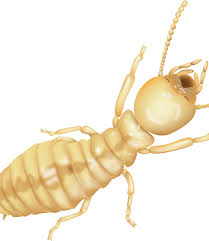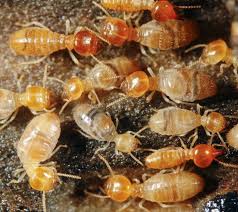5 Simple Techniques For Termite Control Services In Adelaide
This webpage describes the three types of subterranean termite, drywood and dampwood, and also the most common termite species that are found in infestations around Australia.
Termites are categorized depending on their nesting and feeding habits: dampwood, drywood and subterranean.
Subterranean termites are the most common type of termite that infests timber and are one of the most destructive pests. Outdoors timber is mainly infested by them in contact with the dirt, such as branches, stumps and fallen trees. They prefer wood that has some amount of rust which makes it easier for them to digest it, even though they can digest wood that is sound. .
The smart Trick of Termite Control Review That Nobody is Talking About
Subterranean termites need to be to live, where they can acquire moisture from the soil which makes their nests in or near the earth. They tunnel to get moist soil or wood and that they float down deeper to reach moisture. .
Soil is used by the termites as a substance to build shelter tubes and nests, which are made up of dirt, wood, faeces and saliva. Some species construct carton nests above ground and build shelter tubes (also called mud tubes) to link the nest to the ground.
Foraging is dependent on the weather, with higher action in summer and little action in conditions or chilly after rainfall. In tropical areas they could forage throughout the year, with peaks through warmer weather, wetter conditions.
How Termite Control Review can Save You Time, Stress, and Money.
Drywood termites live in small colonies, generally less than 1000 individuals, wholly inside pieces of timber. There may be tiny colonies like a piece of furniture within a single piece of wood or object. So that the galleries do not follow the grain of timber as is typical termites yearly rings can be fed across by them, however they tend to avoid heartwood.

Colonies may grow for years undetected until the wood breaks or even the termites swarm. The alates, which would be the only exemptions that depart the nest, may not be produced for decades in a colony that was new before the population reaches a critical point. Then they leave the nest discover a new website to his explanation mate and start a new colony, usually not far from the parent colony and to set up. .
Dampwood termites normally infest decayed wood that stays moist because of contact with the soil or through a my website water leak in a building. They are likely to infest timber that's outside stump or logs in contact.

All about Termite Control Review
Dampwood termites live wholly inside the wood they create big galleries that are open and feed . As with drywood termites, they can infest timber for many years until they are discovered, which is most likely when the alates swarm from a mature colony. Swarming may happen with different species swarming at times, over several months.
If they are found at a building they are an indication of a moisture issue. They are minor pests and may be controlled in buildings by taking away the supply of moisture. In trees they have a tendency to feed on rotting and dead wood.
Species can be tricky to identify, even to the specialists. Identification is usually dependent on the soldiers, that's the caste which has the most distinguishable features.
Of the species it is.
See This Report about Termite Control Specialists
The soldier's mind is yellowish and rectangular with darker, smooth mandibles. Body is left up to 7 mm long. It's easily confused with two other indigenous Coptotermes species, including C. frenchi and C. lacteus (Victoria Museum)
The soldiers generate a white sticky liquid out of an opening (fontanelle) on the front of mind when protecting the nest from assault.
Mounds are not typically built by species, but in Queensland and other regions of Australia. They largely nests in trees, stumps, sticks, buried wood under buildings spaces, around houses and in walls. Favoured trees for nesting are various eucalypts, English oaks and peppercorns. The colony is chiefly found in the part of the trunk or the root crown.
A Biased View of Termite Control Specialists
Though Mastotermes darwiniensis is the locally across its restricted range in tropical Australia, coptotermes acinaciformis have become the most destructive termite species in Australia overall. C. acinaciformis strikes all timber structures and obligations forest and ornamental trees as well as fruit trees.